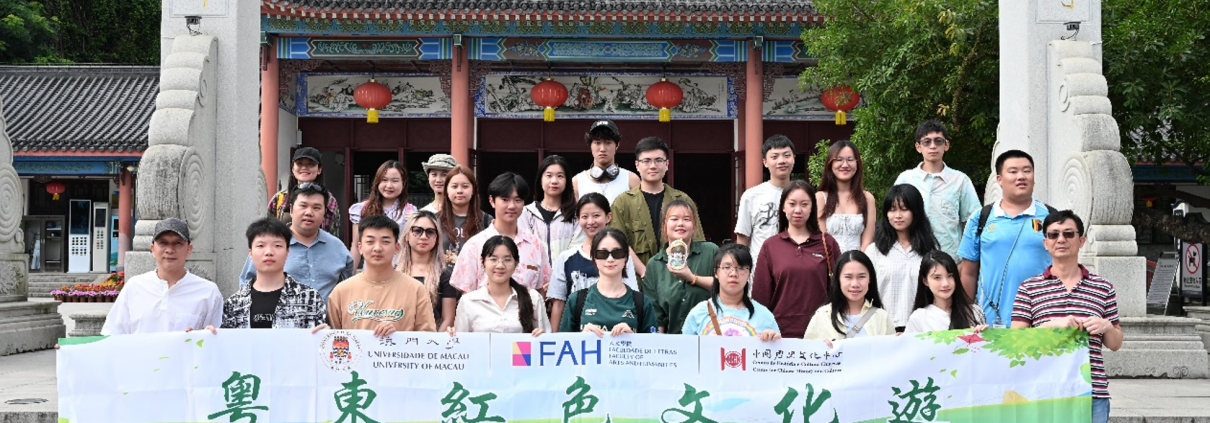Guangdong Red Culture Tour
From October 11th to 13th, 2024, the “Guangdong Red Culture Tour” organized by the Centre for Chinese History and Culture (CCHC) of the University of Macau (UM) was successfully carried out. This event received strong support from the UM and was warmly welcomed by the people of Huizhou and Dongguan. A total of 28 participants, including teachers and students from the CCHC of the UM and Macao Chinese History and Culture Ambassadors, took part in this study camp. The camp aimed to deepen the understanding of the historical and cultural heritage of the Guangdong region among Macao’s teachers and students, and to enhance their recognition and pride in Chinese culture.
On the first day of the camp, the participants arrived at Luofu Mountain in Huizhou, known as the ” The First Mountain of Lingnan,” famous for its beautiful natural scenery and rich Taoist culture. Luofu Mountain has a profound cultural heritage, integrating Taoism, Buddhism, and Confucianism in one mountain. During the Eastern Jin Dynasty, Taoist figures such as Ge Hong, Bao Gu, and Huang Daxian practiced medicine, cultivated themselves to aid society, and wrote books here. Their miraculous legends and the beautiful landscapes became important subjects for poems and writings by famous literati like Li Bai, Du Fu, Su Shi, and Yang Wanli. Numerous poems, couplets, and cliff inscriptions also form the unique historical and cultural landscape of Luofu Mountain. The participants strolled through the mountain, feeling the fresh air and experiencing the long history and culture, gaining a deeper understanding of the natural scenery and Taoist culture in the Lingnan area.
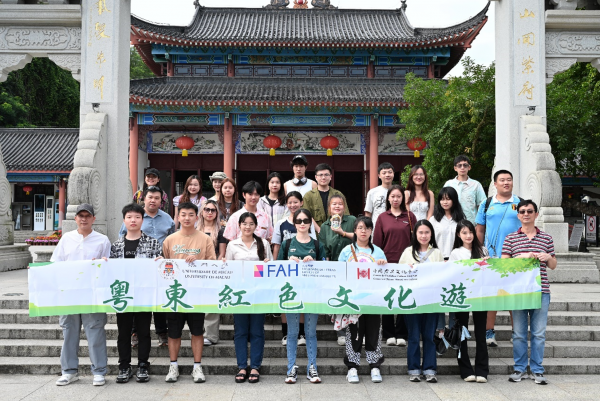
On the morning of October 12th, the study camp visited Huizhou West Lake, known for the footprints of famous literati such as Su Dongpo. The participants enjoyed the elegance and talent of ancient Chinese literati amidst the lake and mountain views. In the afternoon, they visited the Hakka Women Scenic Area, a new era civilization practice base in Boluo County, which gathers the charm of Hakka culture spanning thousands of years. It is an industrial tourism area that integrates production and craft display, sightseeing, shopping, and Hakka cultural display, allowing people to deeply understand the history and characteristics of Hakka culture and experience the traditional handicrafts and cuisine of the Hakka people.
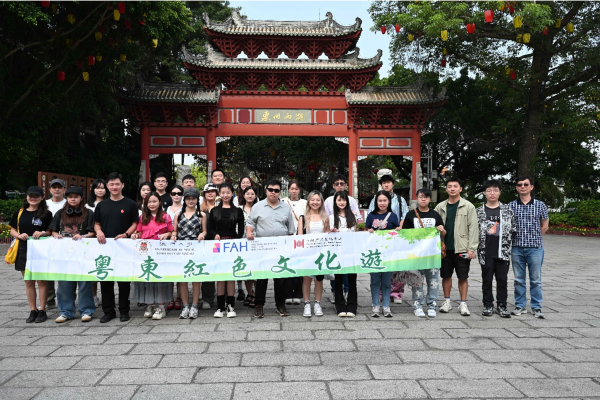
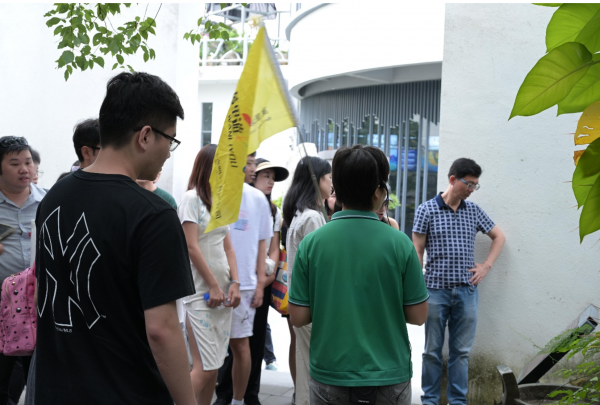
On the morning of October 13th, the study camp visited the Dongjiang Column Memorial Hall in Dongguan. The Dongjiang Column, also known as the Guangdong People’s Anti-Japanese Guerrilla Force Dongjiang Column, was a people’s anti-Japanese army created and led by the Communist Party of China in the Dongjiang area of Guangdong Province during the Anti-Japanese War. Here, the participants learned about the heroic deeds of the Dongjiang Column in the Anti-Japanese War and deeply felt the indomitable and selfless dedication of the revolutionary martyrs. In the afternoon, the study camp visited the Lin Zexu Memorial Hall. Through rich historical materials and cultural relics, the participants gained a more comprehensive understanding of Lin Zexu’s life and his outstanding contributions in the anti-opium campaign, enhancing their admiration for the national hero.
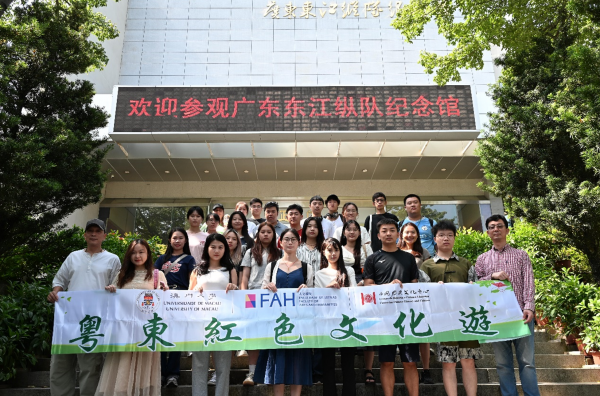
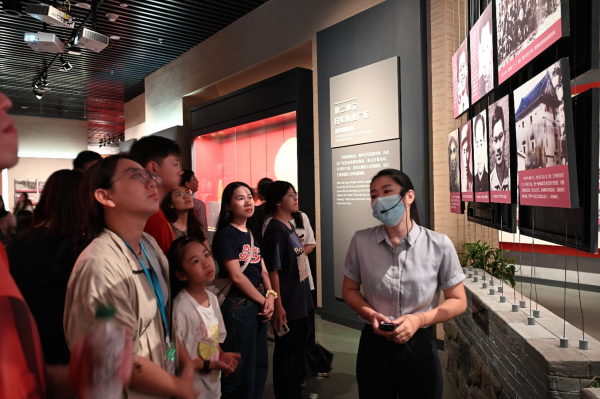
The study camp concluded its journey in Dongguan. Through this Guangdong historical and cultural study camp, the teachers and students from Macao visited the historical and cultural sites of Yue Dong, gaining a deep understanding and experience of the essence of Guangdong culture. This event was a journey of inheriting historical culture and continuing the national spirit, promoting the students’ understanding of Chinese culture, especially Lingnan and Hakka cultures.

